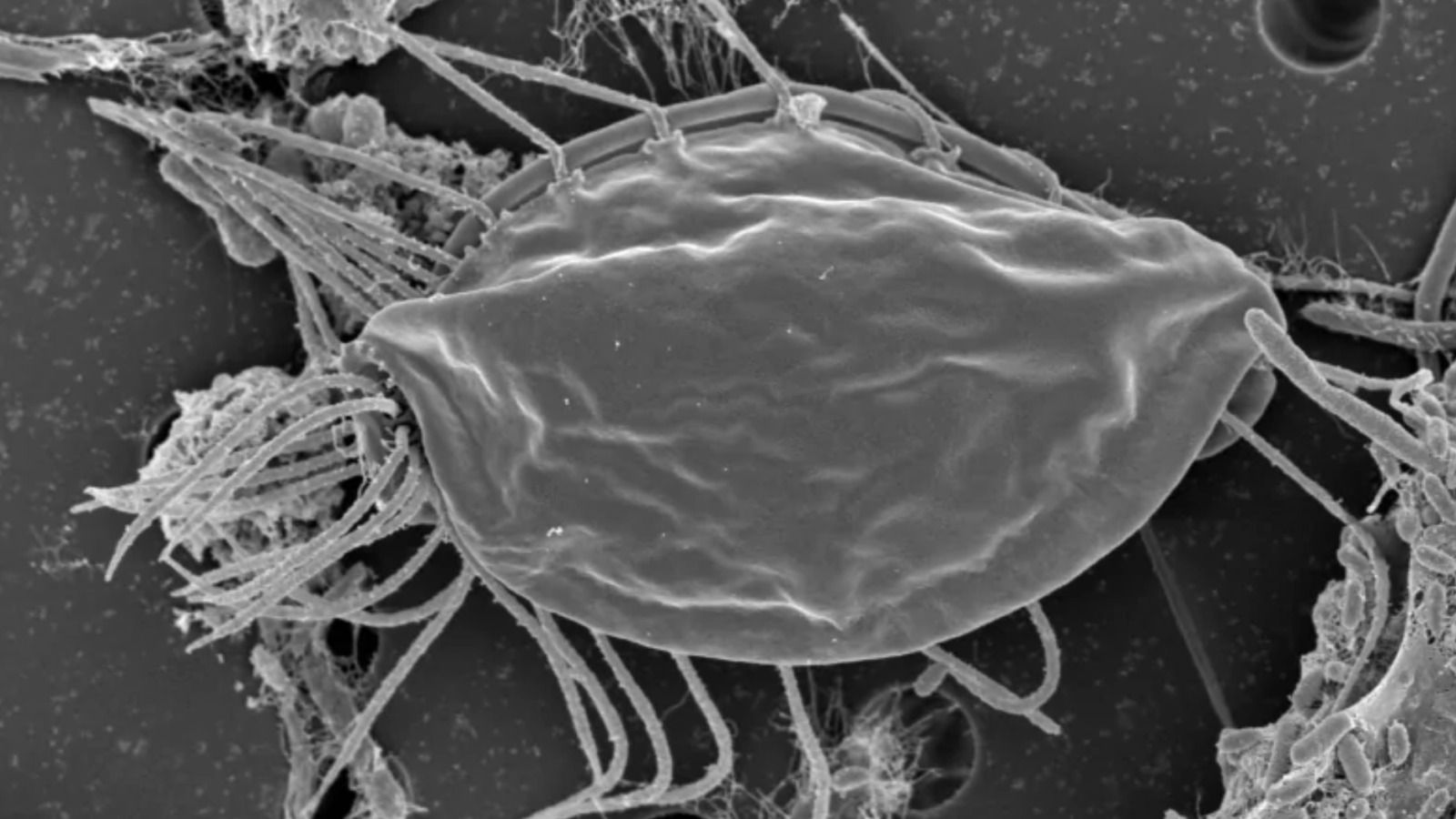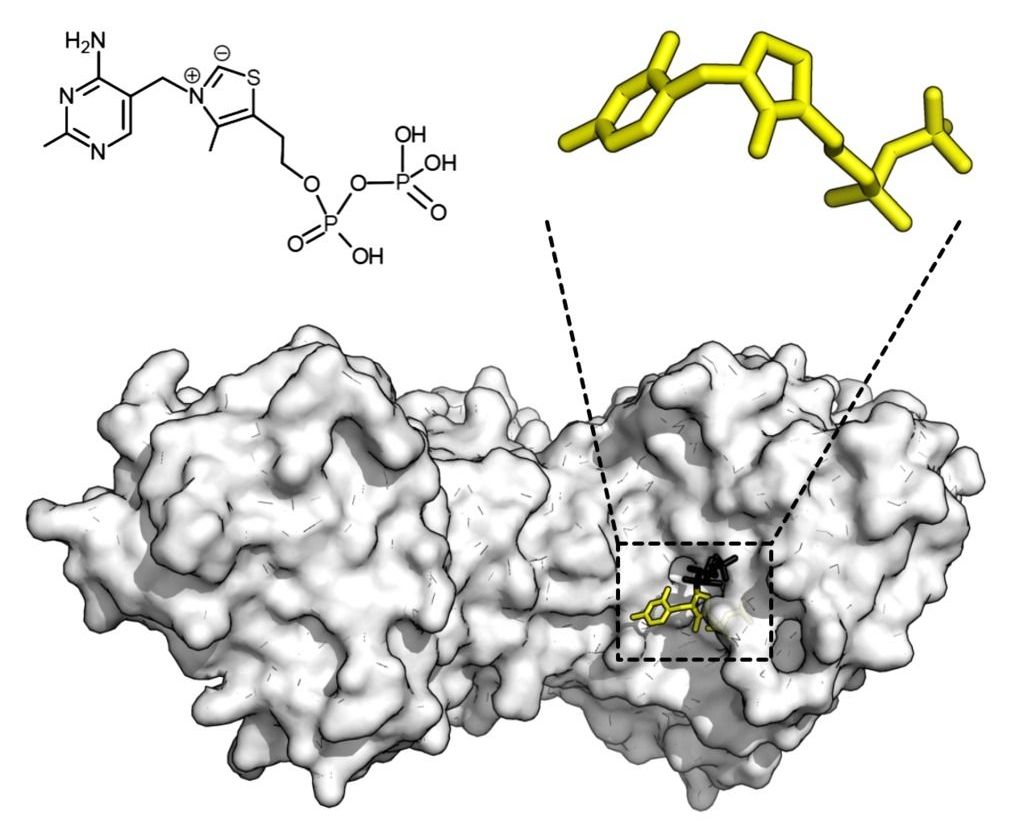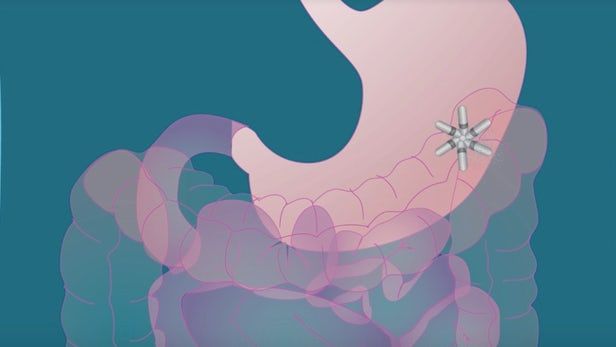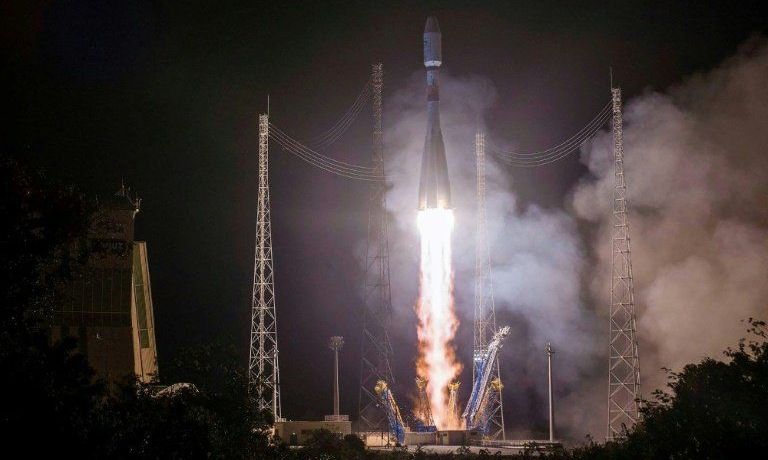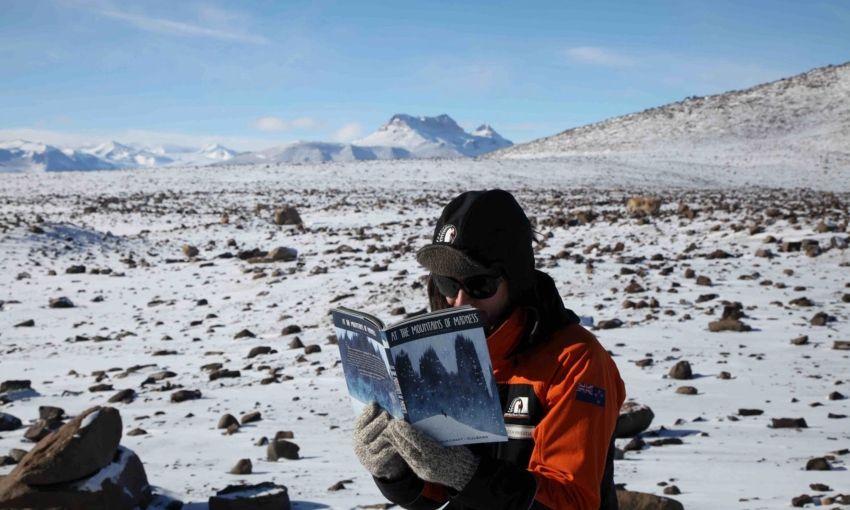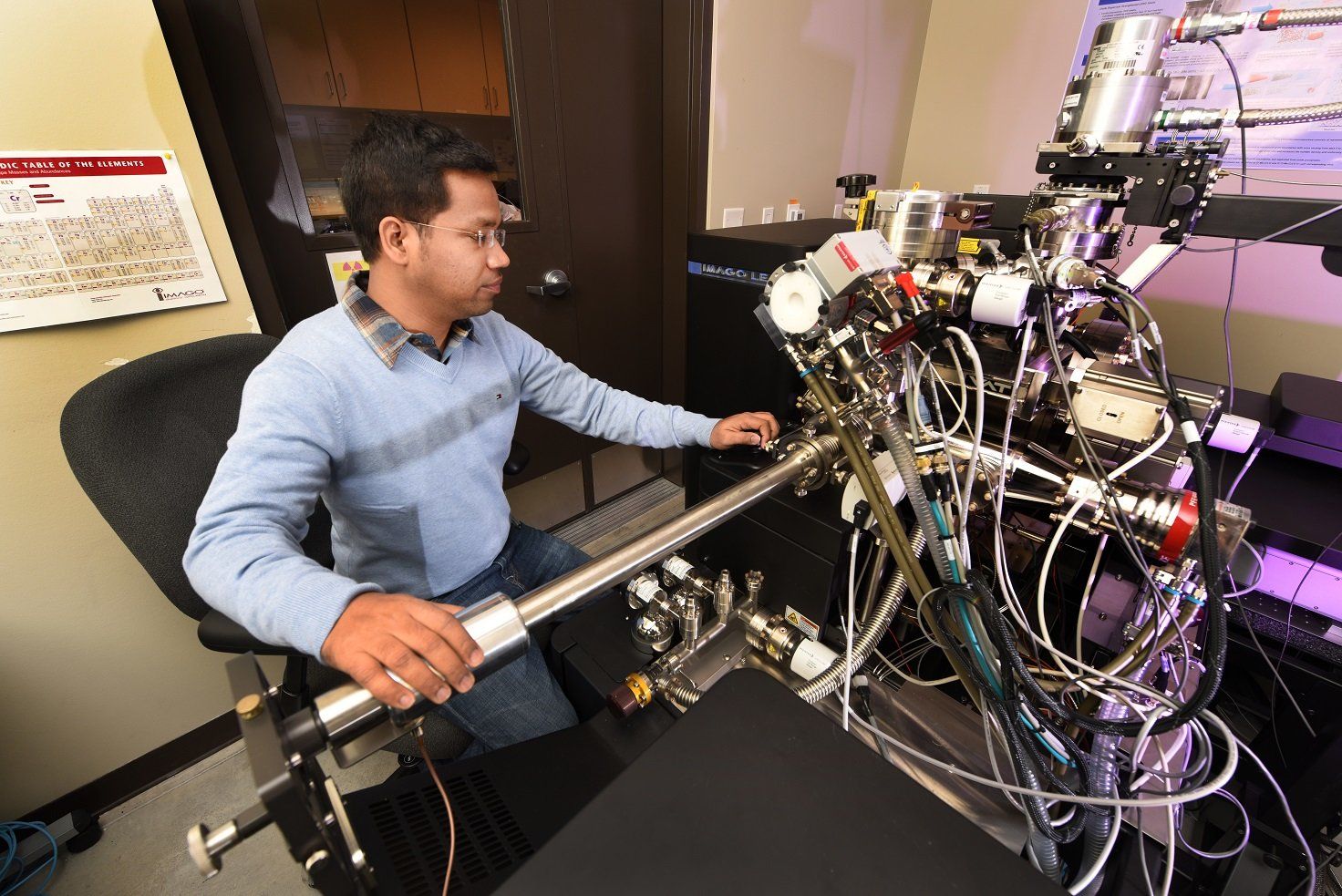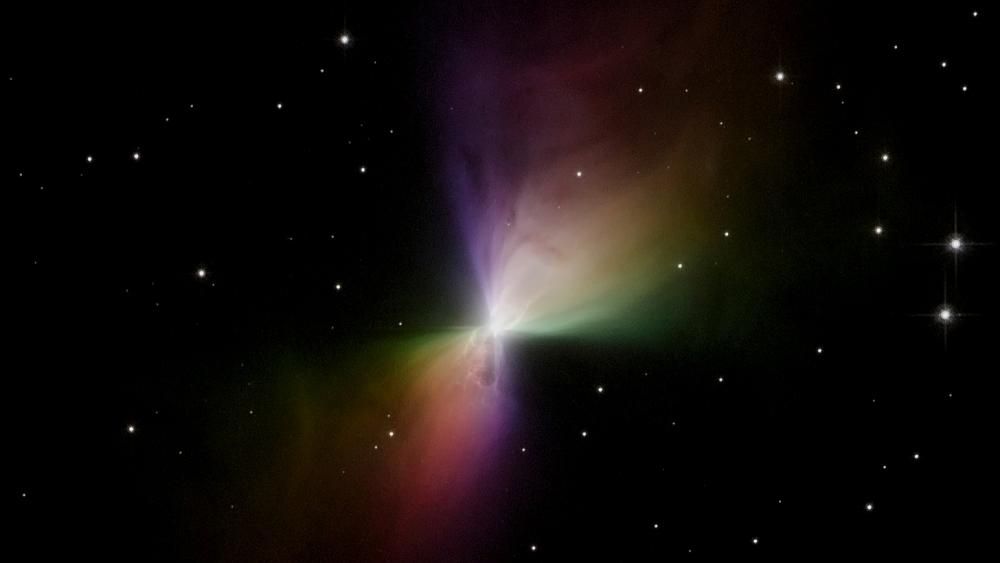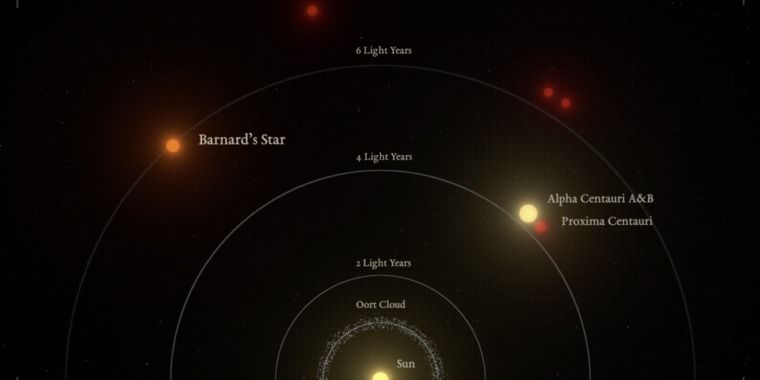Nov 17, 2018
Bizarre Microbes Represent a Major New Branch on the Evolutionary Family Tree
Posted by Genevieve Klien in categories: biological, genetics
Canadian scientists have identified microscopic creatures that are so unlike anything seen before, they had to create an entirely new branch on the evolutionary tree of life to slot them in.
A new paper published this week in Nature offers the first genetic analysis of hemimastigotes—a rare and poorly understood group of single-celled microorganisms. Biologists have known about these wee beasties for well over a century, but only now can hemimastigotes be officially slotted into the evolutionary tree of life, a process more formally known as phylogeny. And by doing so, scientists have stumbled upon a completely new branch on the tree of life—one dating back billions of years.
